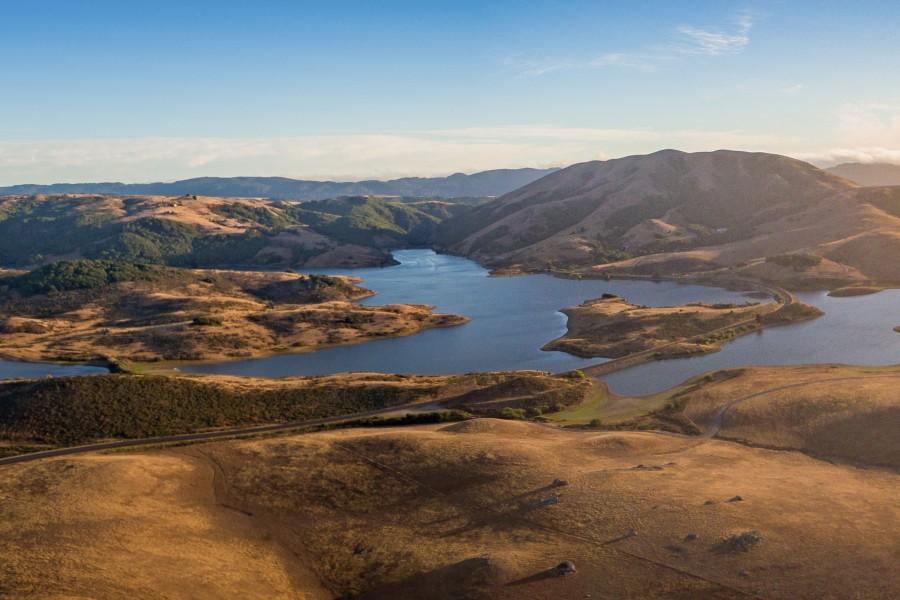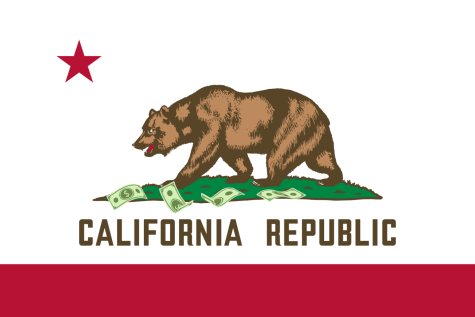El Niño helps local reservoirs
Marin County, CA
With the constant rain fall over the last week, some of the Bay Area’s reservoirs have been filled to their pre-drought levels.
According to SF Gate, all eight of Marin county’s reservoirs have reached capacity, thanks to El Niño. These reservoirs may be small in comparison to others throughout California, but the fact that they are at capacity and almost flooding may be a sign that El Niño is stacking up to be a solution California have needed to help end the drought.
“Initially, I thought it was going to be beneficial,” said Skyline College accounting major, Dina Marroquin. “When people started talking about El Niño, I thought that would be good for [California].”
According to californiadrought. org, all of California’s major reservoirs were at 24 percent capacity in mid-December.
Now that many reservoirs are filling significantly, it is predicted that the drought may end by the end of spring. Last August, the Climate Prediction Center (CPC) predicted that there would be drought-ending weather in California by 2016.
The strongest El Niño recorded occurred in 1997, but the CPC said this year’s storms could be even stronger than those in 1997. On Sunday, March 13, Lake Shasta was filled by the continued downpour to its average from before the fouryear drought.
Lake Shasta is the largest reservoir in California, and although it still isn’t completely full, this is a major milestone in the efforts to recover from the worst drought in California’s history. “El Niño is definitely helping,” said Skyline College Respiratory Therapy major, Chris Varma. “We need food, we need to function.”
In Santa Clara, the Vasona, Stevens Creek and Uvas reservoirs were all overfilled from the rain on Sunday.













